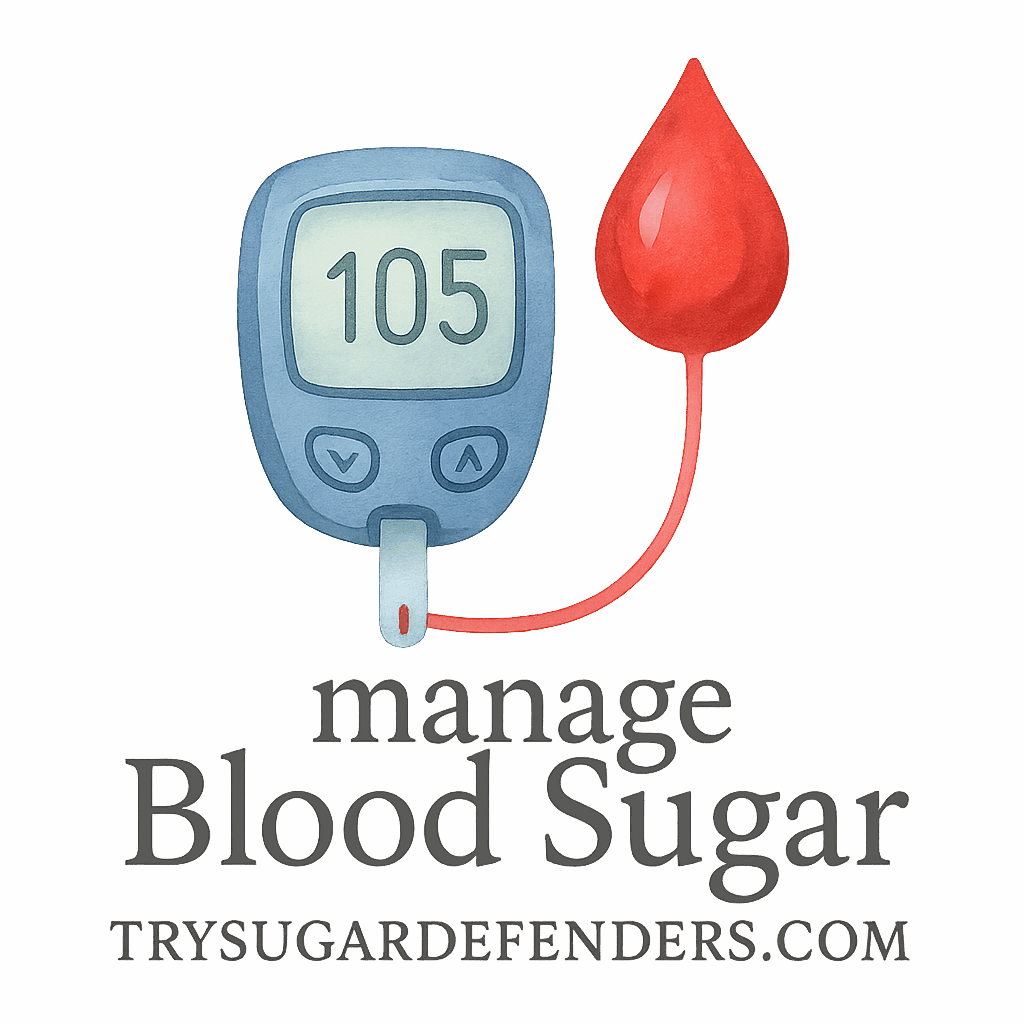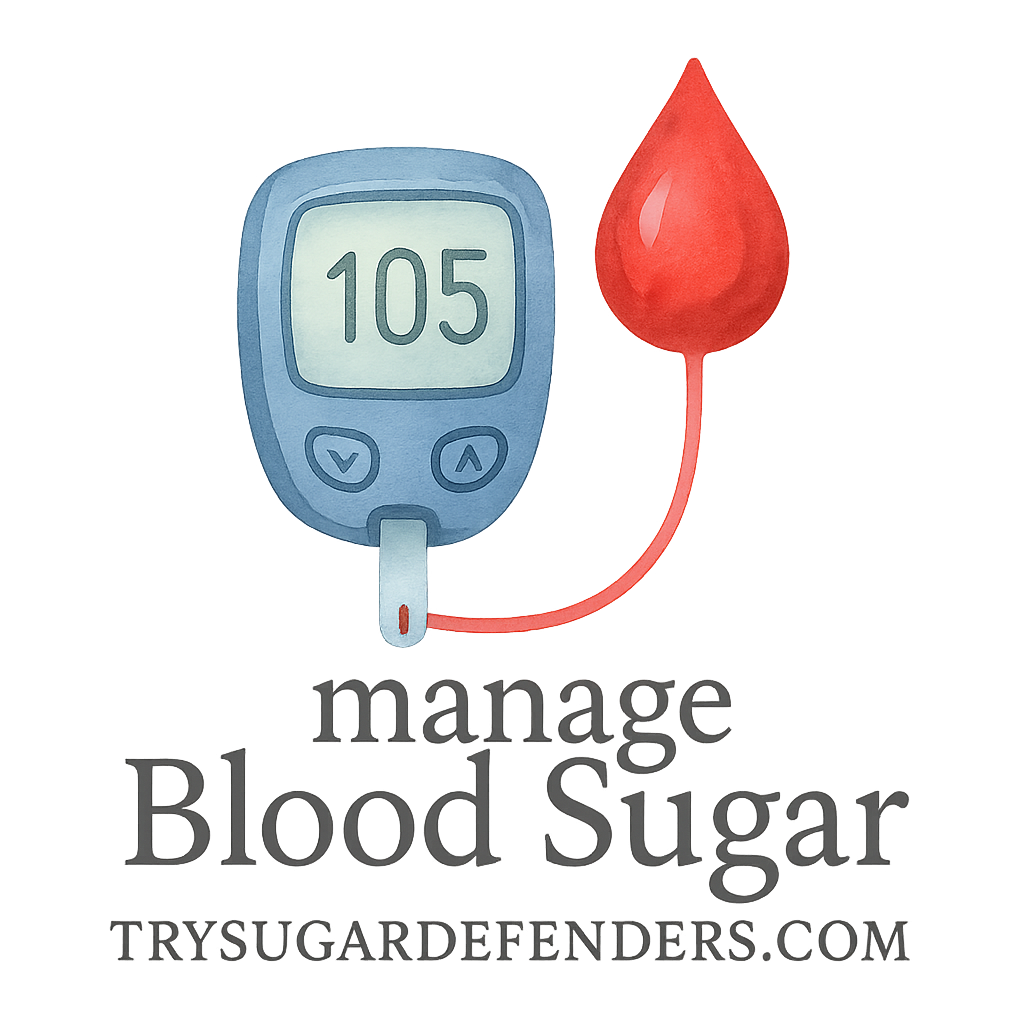Introduction: Why Blood Sugar Control Matters
Managing your blood sugar isn’t just about avoiding sweets—it’s about making smart, consistent choices. Especially if you’re aiming for long-term health or trying to manage diabetes, every bite matters. The good news? You don’t have to rely on complicated diets or medications alone. Simple plant-based meals can do wonders when it comes to stabilizing blood sugar naturally.
According to experts on blood sugar control, the right food choices can reduce insulin resistance, help you lose weight, and give you more energy. Sounds like a win-win, right?
The Power of Plant-Based Eating
What Is a Plant-Based Diet?
Let’s clear something up: a plant-based diet doesn’t mean you have to go full-on vegan. It simply means most of your meals come from whole plant foods—think veggies, fruits, legumes, nuts, seeds, and whole grains. You’re minimizing or eliminating animal products without necessarily cutting them out completely.
How It Affects Blood Sugar Levels
Plant-based diets are naturally low in saturated fat and high in fiber, which helps prevent blood sugar spikes. Fiber slows digestion, allowing glucose to enter your bloodstream at a steady pace—like a slow drip instead of a firehose. That’s exactly what you want if you’re managing or preventing diabetes.
Learn more about how diet and nutrition affect your blood sugar management.
Key Ingredients That Naturally Lower Blood Sugar
High-Fiber Vegetables
Leafy greens like kale, spinach, and broccoli are blood sugar superheroes. They’re low in calories and carbs but packed with fiber and essential nutrients.
Whole Grains
Unlike refined grains, whole grains like oats, quinoa, and barley are digested slowly. This keeps blood sugar stable and helps reduce cravings.
Legumes and Lentils
Beans, lentils, and chickpeas provide both protein and complex carbs—perfect for maintaining satiety and stable energy.
Healthy Fats from Plants
Think avocados, nuts, seeds, and olive oil. These fats slow down digestion and help keep you full without spiking your blood sugar.
Read more on the Mediterranean diet which includes many of these ingredients.
6 Plant-Based Meals That Lower Blood Sugar
Let’s dive into six easy, delicious meals that help keep your glucose levels in check.
1. Chickpea and Spinach Curry
Why It Works
Chickpeas offer slow-digesting carbs and protein, while spinach adds a fiber punch. The spices—especially turmeric—can also have anti-inflammatory effects.
Nutritional Breakdown
- High in fiber
- Moderate carbs
- Rich in iron and magnesium
- Blood sugar-friendly
Discover more behavioral and mental strategies to support these meals.
2. Quinoa and Black Bean Stuffed Peppers
Why It Works
This combo provides a complete protein, loads of fiber, and a low-glycemic index—plus it’s super satisfying.
Nutritional Breakdown
- Complex carbs
- Protein-rich
- Excellent source of folate
- Packed with antioxidants
This meal ties into sustainable healthy eating plans and goal-setting strategies.
3. Zucchini Noodles with Avocado Pesto
Why It Works
Zucchini replaces carb-heavy pasta, and avocado pesto brings in healthy fats and fiber, making it blood sugar friendly and refreshing.
Nutritional Breakdown
- Low in carbs
- High in healthy fats
- Rich in potassium and fiber
- Supports heart and blood sugar health
Explore more healthy recipes and methods.

4. Sweet Potato and Lentil Stew
Why It Works
Sweet potatoes are lower on the glycemic index than regular potatoes, and lentils help stabilize glucose while keeping you full.
Nutritional Breakdown
- Slow-digesting carbs
- High in iron and fiber
- Warming and filling
- Great for meal prep
This is ideal for those focused on routine blood sugar management.
5. Kale and Tofu Stir-Fry
Why It Works
Tofu is a low-carb protein, and kale is rich in antioxidants and fiber. Add garlic, ginger, and sesame oil for extra benefits.
Nutritional Breakdown
- Protein-packed
- Low-glycemic ingredients
- High in calcium and vitamin K
- Fast and easy
Check out how this fits into an exercise and lifestyle program.
6. Oats with Chia Seeds and Berries
Why It Works
Oats offer complex carbs and beta-glucan fiber, chia seeds regulate digestion, and berries add natural sweetness with minimal sugar impact.
Nutritional Breakdown
- High in soluble fiber
- Rich in antioxidants
- Supports gut health
- Great for breakfast or snacks
Use this for your morning tracking routine to jumpstart your day.
Lifestyle Tips to Maximize Blood Sugar Control
Pair Meals with Movement
A light walk after a meal helps muscles use up glucose, keeping your levels balanced. Try a 10-minute walk after dinner.
Practice Consistency in Eating Times
Eating at regular intervals prevents blood sugar crashes and spikes. Aim for meals every 4–5 hours.
For more fitness routines, explore strategies that combine nutrition and movement.
Supplement Your Diet with Smart Choices
Natural Supplements that Support Glucose Balance
Some people find benefits from adding natural supplements to their diet. Medical supplements like berberine, chromium, or cinnamon extract can help manage glucose when used alongside healthy meals.
Explore supplements on the medical and health tags.
Tracking Your Progress for Sustainable Results
Use blood sugar monitors and food journals to track how meals affect your levels. This makes it easier to identify which meals work best for you. Need help choosing one? Check out monitoring tools and devices.
Also, don’t hesitate to consult your doctor for personalized advice.
Conclusion
Plant-based meals are powerful tools for managing blood sugar. With the right ingredients and preparation, you don’t have to sacrifice flavor or satisfaction. From hearty lentil stews to refreshing zucchini noodles, your plate can be both delicious and healing.
Combine these meals with smart habits—like regular movement, supplements, and tracking—to unlock long-term blood sugar control. And always remember: small, consistent choices beat dramatic overhauls any day.
For more on staying balanced, explore the full Sugar Defenders Guide.
FAQs
1. Can I still eat carbs on a plant-based diet for blood sugar control?
Yes! Just stick to complex carbs like quinoa, oats, and legumes that digest slowly.
2. What fruits are best for keeping blood sugar low?
Berries, apples, and pears are high in fiber and lower in sugar compared to tropical fruits.
3. How often should I eat plant-based meals?
Ideally, most of your meals should be plant-based—aim for at least 5 out of 7 days.
4. Can plant-based eating reverse type 2 diabetes?
In some cases, especially when combined with weight loss and exercise, it can dramatically improve blood sugar and even lead to remission.
5. Are plant-based protein sources enough?
Absolutely. Lentils, tofu, beans, and quinoa all offer great protein content.
6. Do I need to count calories on a plant-based diet?
Not necessarily. Focus more on whole food quality and portion control.
7. How do I know if a plant-based meal is blood sugar-friendly?
Look for meals high in fiber, protein, and healthy fats, and low in added sugar or refined carbs.


